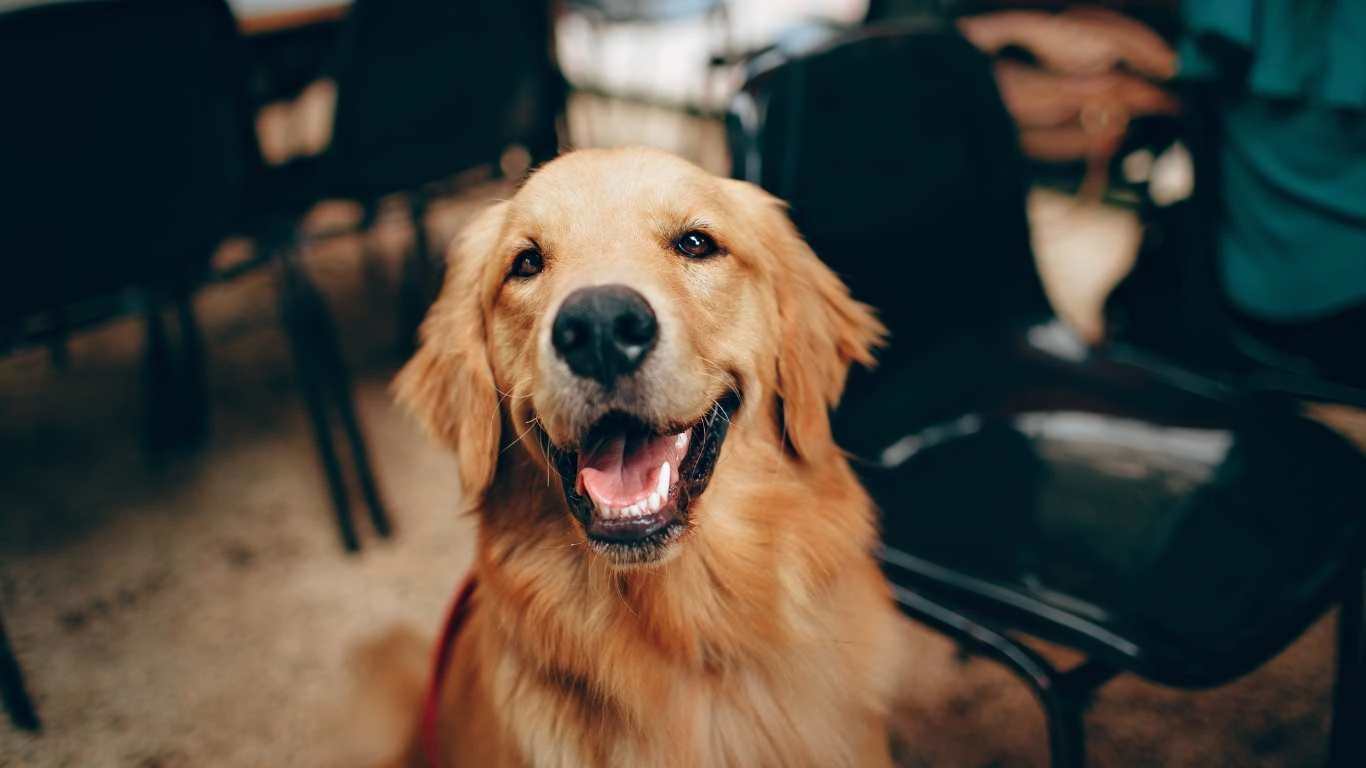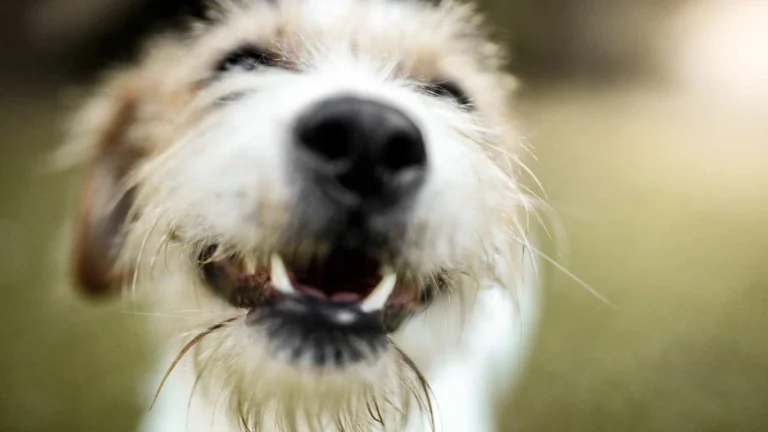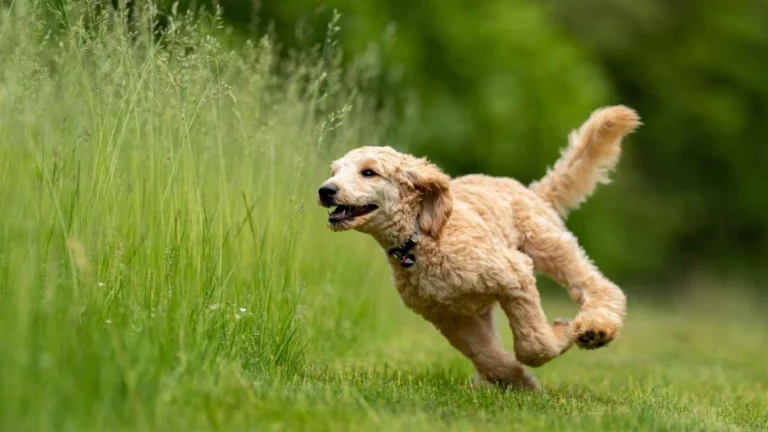Best Diet for Active Dogs: Fueling High-Energy Pups the Right Way
As a Canine-Assisted Therapy Trainer, I’ve had the privilege of working with many active dogs over the years. One thing that has consistently stood out to me is the importance of proper nutrition—especially when it comes to high-energy breeds or dogs with demanding lifestyles. If you have an active dog, you may already know that their diet plays a huge role in maintaining their overall health, energy levels, and longevity.
So, when people ask me about the best diet for active dogs, I always stress the importance of selecting food that not only meets their caloric needs but also supports muscle recovery, joint health, and overall vitality. In this guide, we’ll explore the essentials of feeding your active dog the right way, so they can continue to thrive in their daily adventures.
The Importance of Proper Nutrition for Active Dogs

Active dogs—whether they’re working dogs, sporting dogs, or just your everyday playful companion—require a lot of energy to stay in peak condition. Proper nutrition ensures they have the stamina for long walks, hikes, or any physical activity they enjoy. An active dog’s metabolism works differently from that of a couch-potato pup. Their energy needs are higher, and they require more of certain nutrients to keep their bodies performing at their best.
When it comes to selecting the best diet for active dogs, there are several factors to consider. The most important ones are protein content, fat levels, and the right mix of carbohydrates. High-quality ingredients matter—especially for dogs that are constantly on the move. You want to fuel their body with premium sources of these nutrients, which leads to better overall health and fewer issues down the road.
What Makes a Diet Ideal for Active Dogs?
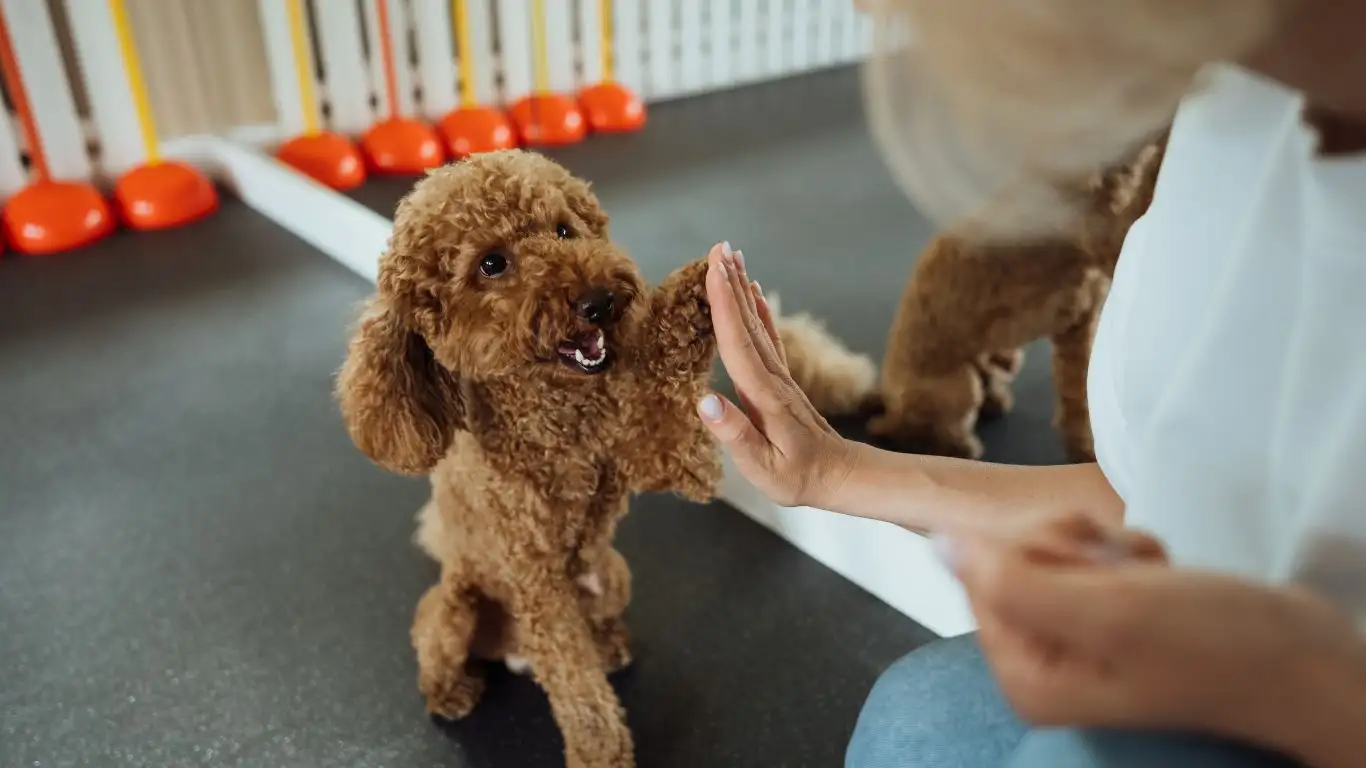
It’s important to remember that not all dog food is created equal. So, what makes a diet ideal for active dogs? Here are the key elements I recommend focusing on:
1. High-Quality Protein
Protein is the building block of muscles, and for active dogs, it’s absolutely essential. If your dog is running, jumping, or participating in sports, they need extra protein to support muscle recovery and growth. Look for foods with high-quality animal protein sources like chicken, turkey, beef, or lamb. These proteins provide the essential amino acids that help repair muscle fibers after intense exercise.
Personally, I’ve seen dogs on high-protein diets thrive during training sessions, showing faster recovery and increased strength. But it’s important to choose protein that’s digestible and bioavailable. So, steer clear of foods with “by-products” or fillers, as these tend to offer lower nutritional value.
2. Healthy Fats
Fats are a crucial energy source for active dogs. While they might have a bad reputation for contributing to weight gain in sedentary dogs, they are incredibly important for dogs that are burning through calories regularly. Healthy fats, like omega-3 and omega-6 fatty acids, contribute to better joint function, a shiny coat, and improved brain health.
Dogs that are regularly active often experience wear and tear on their joints. That’s where the benefits of omega-3 fatty acids come in, as they have anti-inflammatory properties. Adding healthy fats to their diet helps mitigate this wear and tear, while giving them a solid energy reserve for all their physical activities.
3. Carbohydrates and Fiber for Energy
While protein and fats take the spotlight, carbohydrates also play a critical role in keeping your active dog energized. Complex carbs, like sweet potatoes, brown rice, and oats, provide a steady stream of energy over a longer period of time—perfect for active dogs who need endurance.
However, not all carbs are created equal. Refined grains and sugars should be avoided, as they can cause spikes and crashes in energy. On the other hand, whole grains and vegetables provide fiber, which aids in digestion and helps maintain consistent energy levels. This steady fuel helps your dog sustain high-intensity activities without hitting a wall.
4. Joint Support and Anti-Inflammatory Ingredients
Active dogs are particularly prone to joint issues, especially as they age. That’s why it’s important to include foods that support joint health, such as those containing glucosamine and chondroitin. These ingredients help keep the cartilage in your dog’s joints strong and flexible, reducing the risk of injury during high-impact activities.
Anti-inflammatory ingredients, like turmeric or fish oil, can also help active dogs by reducing swelling and soreness after exercise. These ingredients are great for preventing injuries and promoting quicker recovery, which ultimately helps your dog stay active and happy for longer.
How Much Should You Feed Your Active Dog?
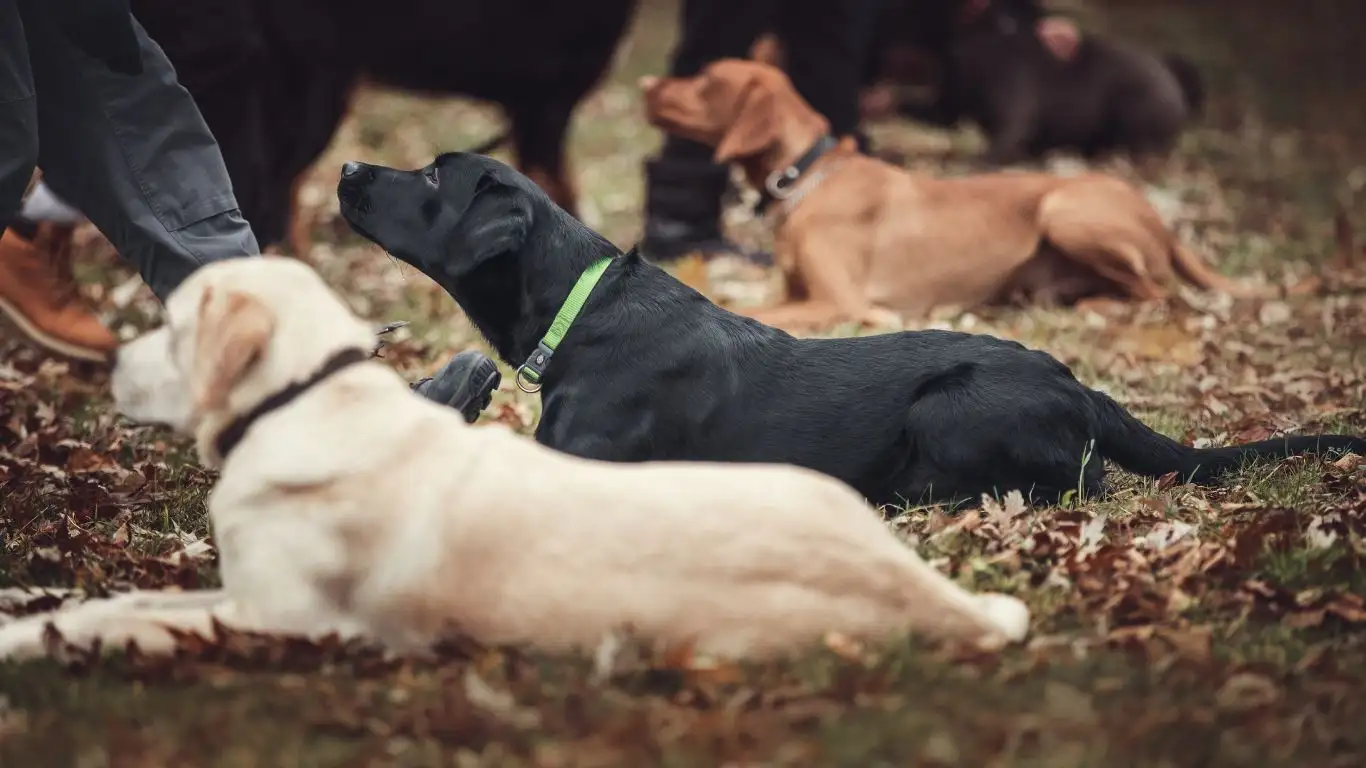
Another key question is how much food your active dog should actually be eating. While you might think that more food equals more energy, it’s essential to strike the right balance. Active dogs need more calories than sedentary dogs, but overfeeding can lead to unnecessary weight gain, which could actually hinder their performance.
To determine the right amount of food, I recommend consulting with your vet or using an online calorie calculator specifically designed for active dogs. Factors like your dog’s age, breed, weight, and activity level will all play a role in how many calories they need each day. Additionally, if you’re training your dog, you might need to factor in extra calories for energy spent during those sessions.
My personal experience has shown that feeding active dogs a tailored, balanced diet not only improves their physical performance but also contributes to their mental focus. Proper nutrition ensures that they have the energy to perform their best, whether they’re working, playing, or learning new tricks!
In the next section, we’ll dive deeper into some of the best food brands and options for active dogs, so you can start implementing these principles and watch your dog thrive.
Top Dog Food Brands for Active Dogs
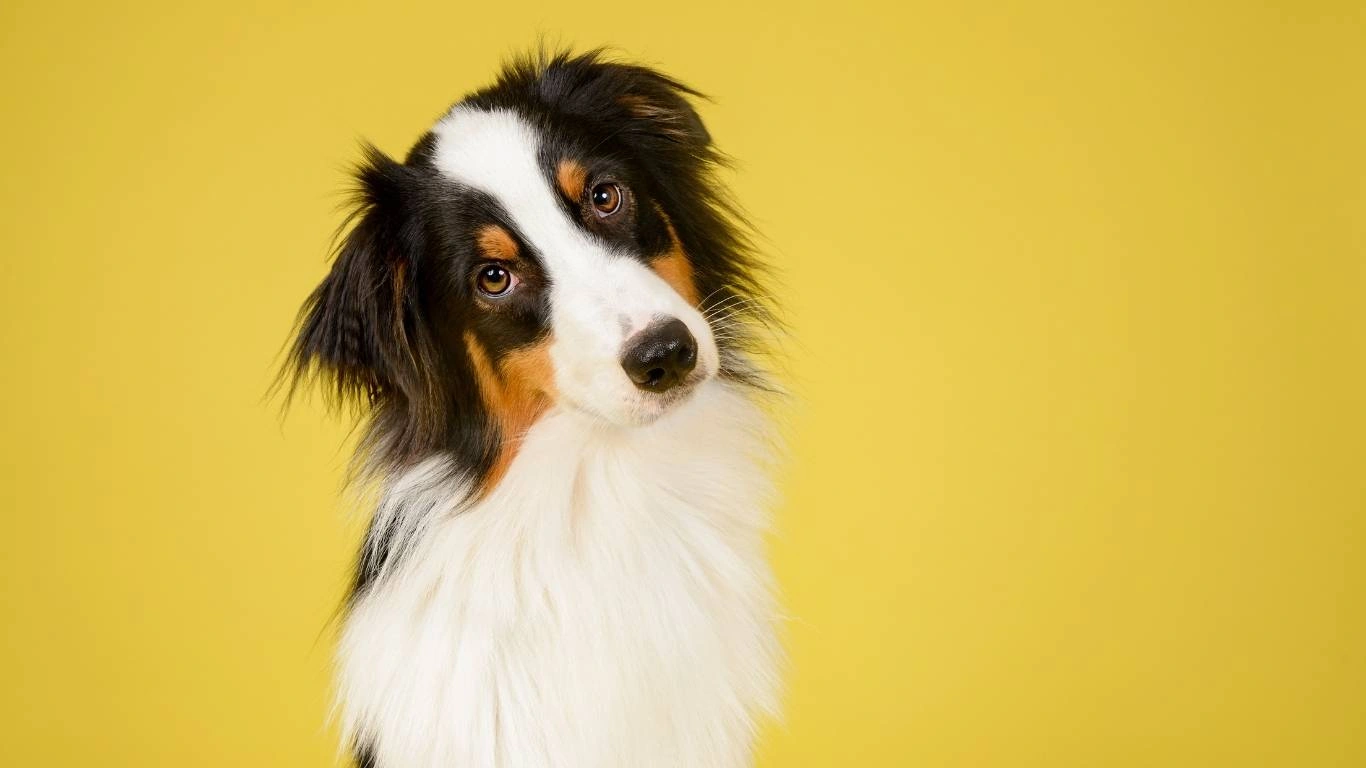
When it comes to finding the best diet for active dogs, not all brands are created equal. You want to look for dog food that not only meets their caloric needs but also provides all the essential nutrients for joint health, muscle recovery, and overall vitality. After working with a wide variety of active dogs, I’ve come across several brands that really stand out in terms of quality and ingredients.
In my experience, brands that use whole, high-quality animal proteins as their primary ingredient tend to offer the best nutritional benefits for active dogs. Here are some of my top picks:
1. Orijen
Orijen is a standout in the dog food world. Known for its high protein content and whole-food ingredients, Orijen offers a variety of formulas that cater to active dogs. Their foods are rich in animal-based proteins (chicken, turkey, fish), with minimal fillers like grains and vegetables. The formulas are designed to mirror a dog’s natural diet, which is something I’ve always appreciated as a trainer. Active dogs thrive on this high-protein, low-carb approach, and the addition of things like omega-3 fatty acids and glucosamine helps support muscle recovery and joint health.
What I love about Orijen is their commitment to using fresh, regional ingredients that are biologically appropriate for dogs. This means your dog gets the highest quality nutrition without unnecessary additives. If you’re looking for a premium option for your high-energy pup, Orijen is definitely worth considering.
2. Blue Buffalo Life Protection Formula
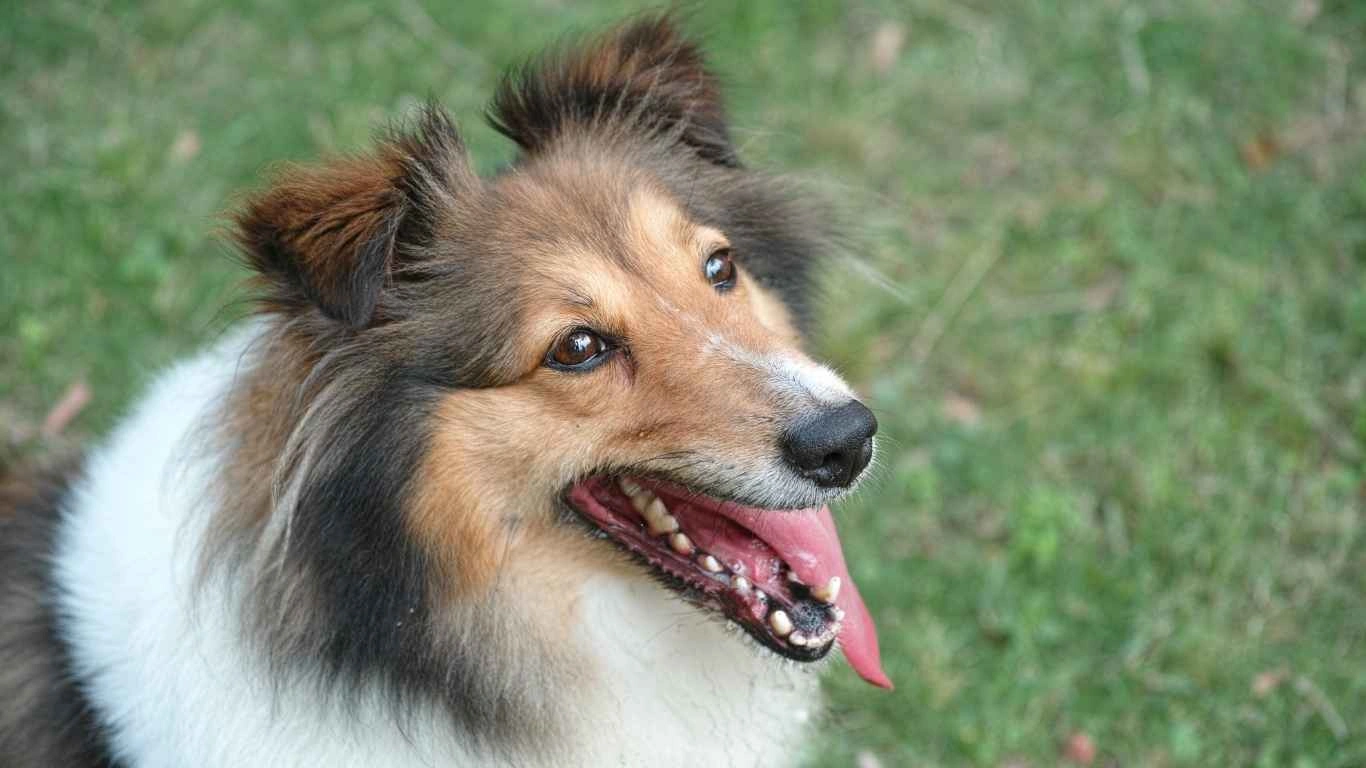
Blue Buffalo has been a trusted brand for many dog owners, and their Life Protection Formula is particularly great for active dogs. It combines high-quality chicken or lamb protein with whole grains, like brown rice and oatmeal, which provide slow-burning energy—perfect for your dog’s long hikes or intense play sessions. The added glucosamine and chondroitin also support joint health, which is essential for dogs that are on the move all the time.
What’s also nice about Blue Buffalo is their dedication to providing real meat as the first ingredient. This is crucial for active dogs, as they need a high amount of animal-based protein to fuel their muscles and energy levels. Additionally, they use a blend of antioxidants, vitamins, and minerals to boost your dog’s immune system, ensuring they stay strong through all their adventures.
3. Hill’s Science Diet Adult Active Longevity
When it comes to active dogs, Hill’s Science Diet is another brand that often comes up in conversation. Their Adult Active Longevity formula is specifically designed for dogs that are in their prime years or are particularly active. This food is rich in high-quality protein and contains a balanced mix of vitamins, minerals, and fatty acids to promote muscle health, joint flexibility, and optimal energy.
What I appreciate about Hill’s Science Diet is their commitment to scientific research. Their food is developed by veterinarians and nutritionists, ensuring it’s not only tasty but also nutritionally complete. Plus, the fact that it’s made with natural ingredients—without artificial colors, flavors, or preservatives—gives me peace of mind as a trainer. If your dog is constantly on the go, Hill’s Science Diet can give them the support they need to stay active and healthy.
Homemade vs. Commercial Dog Food for Active Dogs
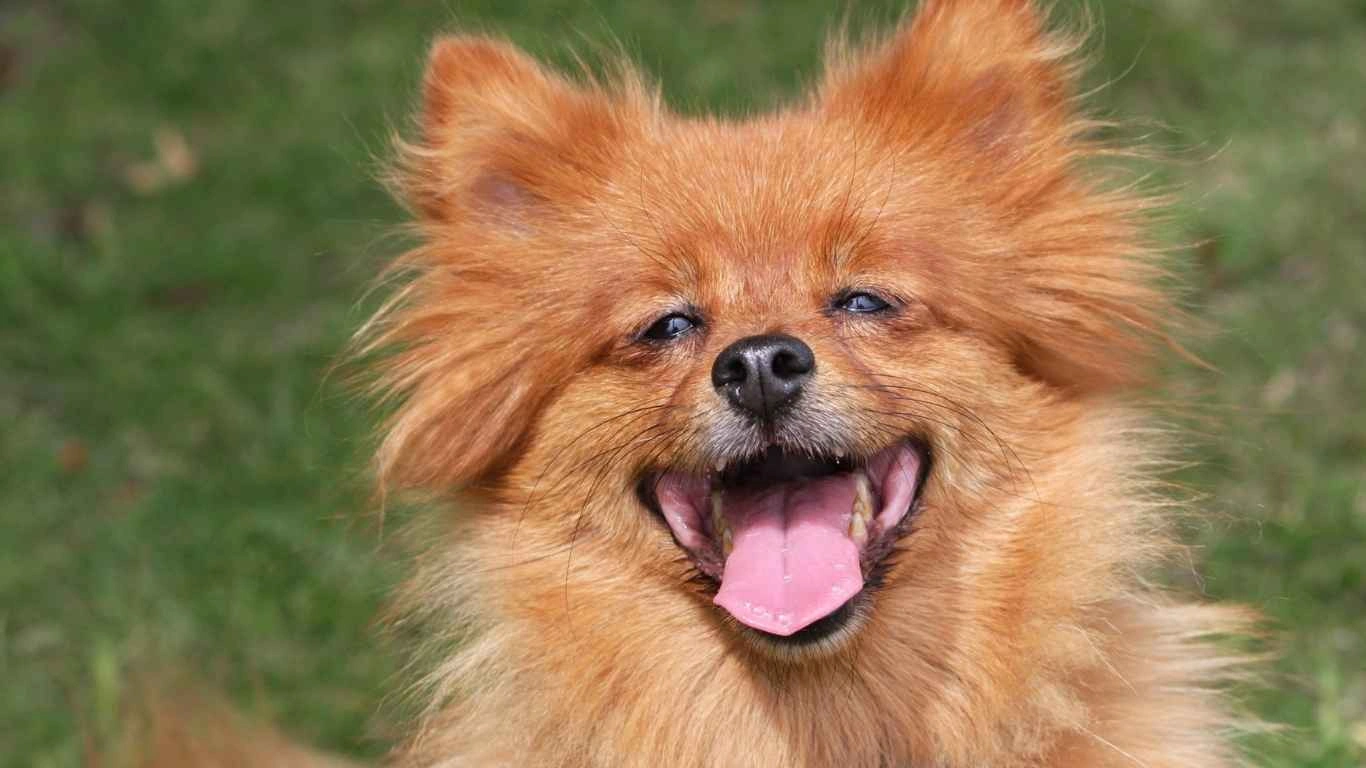
As a Canine-Assisted Therapy Trainer, I get asked a lot about whether homemade dog food is a better option than commercial dog food for active dogs. The short answer is: it depends. Both options have their pros and cons, and the right choice really comes down to your dog’s specific needs, your lifestyle, and your commitment to meal prep.
Homemade Dog Food
Homemade meals for active dogs can offer a level of customization that commercial brands simply can’t match. If you have the time, resources, and knowledge to prepare balanced meals, homemade dog food can be a great choice. By cooking for your dog, you can select the highest-quality ingredients and tailor the meals to suit their dietary needs. For example, you can include high-protein foods like chicken, beef, or fish, along with vegetables and grains that are easily digestible for your dog.
However, there are some things to consider before going the homemade route. First, it’s important to make sure the meals are nutritionally balanced. Active dogs, especially those that require a higher caloric intake, need a diet that includes the right balance of proteins, fats, and carbohydrates. Without the proper balance, your dog could develop nutrient deficiencies or other health issues.
Commercial Dog Food
On the other hand, commercial dog food (especially high-quality brands like Orijen, Blue Buffalo, or Hill’s Science Diet) is specifically formulated to meet the nutritional needs of active dogs. It’s convenient, and the quality control is rigorous, meaning you don’t have to worry about missing any essential nutrients. For active dogs, commercial foods are usually a good option, as they’re designed with the correct protein, fat, and carbohydrate ratios to support energy levels and muscle recovery.
In my experience, many owners of active dogs prefer the ease of commercial food—especially when life gets busy. If you choose the right brand, your dog will get a balanced, complete diet without having to think too much about meal prep. The added benefit is that these foods often contain extra supplements, like omega-3 fatty acids and glucosamine, which support overall health in active dogs.
What to Look for on Dog Food Labels
Whether you choose homemade meals or opt for commercial dog food, one thing is always true: it’s essential to read the labels. Understanding the ingredients and nutritional breakdown is key to providing your dog with the best diet possible. Here are some things I always check when looking at dog food labels:
- Protein Quality: Look for named animal proteins like chicken, lamb, or turkey. Avoid vague terms like “meat by-products” or “poultry meal.”
- Fat Content: Healthy fats, especially omega-3s and omega-6s, are a must. These fats support energy levels, coat health, and joint function.
- Carbohydrates: Whole grains like brown rice or oats are a great source of energy. Avoid foods with excessive fillers like corn or soy.
- Supplements: Look for joint-supporting ingredients like glucosamine and chondroitin, as well as omega fatty acids for inflammation control.
Reading the labels and doing a little research can help you make the best decision for your active dog’s health. You want to ensure they’re getting the right balance of nutrients, especially when they’re burning through extra calories with all their activity.
Special Considerations for Senior Active Dogs
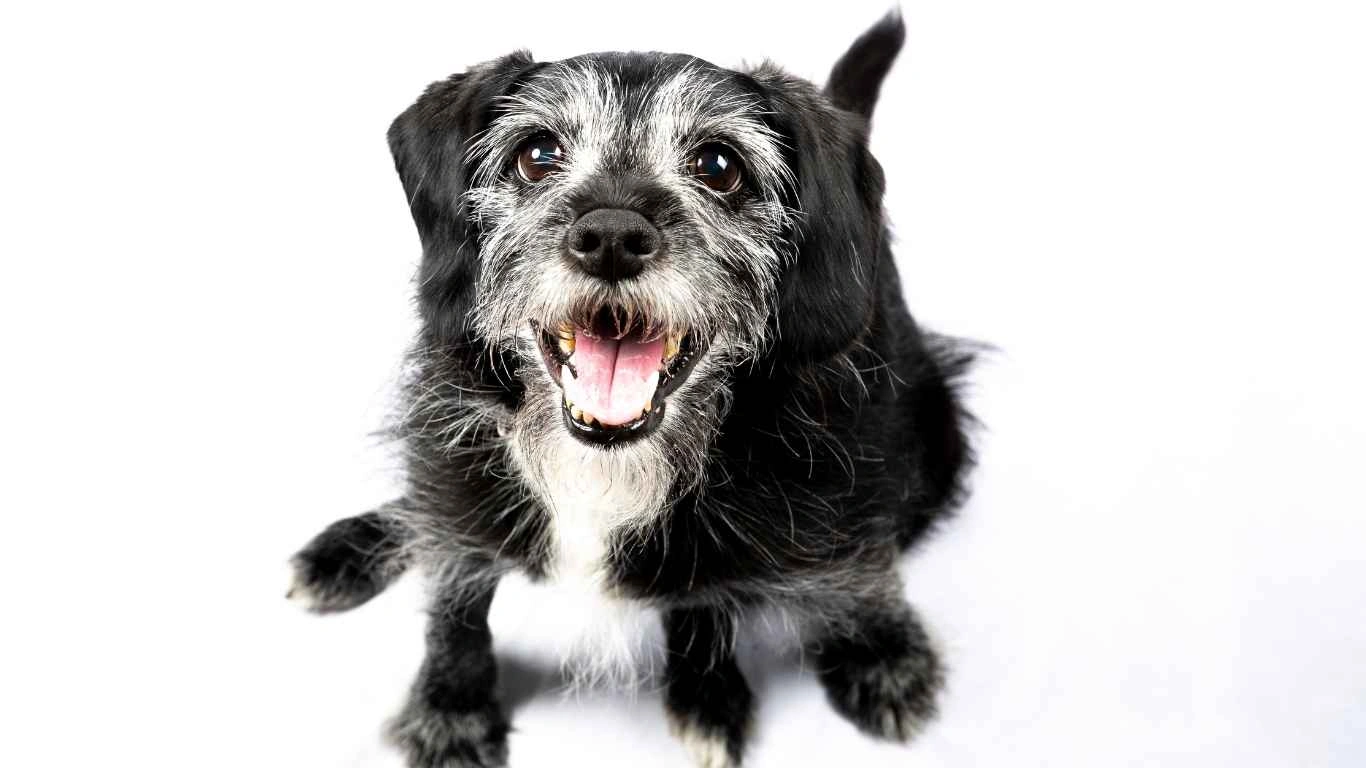
As our dogs age, their nutritional needs change. For active senior dogs, it’s crucial to adjust their diet to accommodate their changing bodies while still supporting their energetic lifestyles. It’s something I’ve learned over the years as a Canine-Assisted Therapy Trainer. Many of the dogs I work with are in their senior years but still full of life. They love to stay active, but I’ve seen firsthand how their nutritional requirements shift as they get older.
Senior dogs are more prone to joint issues, slower metabolism, and muscle loss, so their food needs to reflect those changes. In my experience, ensuring that your senior dog’s diet contains the right balance of protein, healthy fats, and joint-supporting ingredients is key to keeping them moving. Here are some important things to keep in mind:
1. Joint Health and Mobility
One of the biggest concerns for senior active dogs is joint health. As they age, their cartilage starts to wear down, and you may notice them slowing down after their usual activities. To help keep your senior dog in motion, you want a food that includes joint-supporting nutrients like glucosamine, chondroitin, and omega-3 fatty acids. These nutrients help keep the joints lubricated and reduce inflammation.
Additionally, senior dogs may benefit from foods that contain antioxidants, which can support their immune system and overall health. For active seniors, I recommend looking for foods that have these ingredients, as they can help your dog recover more quickly from physical activity and reduce the risk of arthritis and other joint problems.
2. Protein Requirements for Senior Active Dogs
Protein is still crucial for senior dogs, especially if they are still active. However, the focus should shift slightly. Older dogs might not need as much protein as a younger, super-active dog, but they still need enough to maintain muscle mass and promote recovery. The key is to opt for easily digestible protein sources. This is where high-quality animal proteins like chicken, turkey, or fish come in. I’ve found that senior dogs tend to do well with these, as they’re not as taxing on the digestive system and are easier for older dogs to metabolize.
Additionally, older dogs may experience a decrease in their appetite. To keep their energy up, you may want to look for high-calorie options with nutrient-dense ingredients, so they’re still getting the required nutrients in a smaller portion. Keeping them lean while maintaining muscle is essential for their mobility and longevity.
3. Fatty Acids and Their Role in Senior Health
Healthy fats, particularly omega-3 fatty acids, play a significant role in maintaining a senior dog’s coat, skin, brain function, and overall joint health. As dogs age, they can suffer from dry skin or dull coats. Omega-3s help keep their fur shiny and their skin hydrated. More importantly, these fats have anti-inflammatory properties, which can help ease discomfort in aging joints, making it easier for them to stay active.
If your senior dog is still on the move, consider foods with added fish oil or flaxseed, both of which are rich in omega-3s. My senior therapy dogs have done really well on diets high in these fatty acids. Not only does it keep them feeling better overall, but it also boosts their cognitive health, which is important for training and behavior as they get older.
Feeding Strategies for Dogs with Specific Needs
Some dogs have specific health conditions or needs that require a tailored approach to their diet. As an active dog trainer, I work with dogs that may have food allergies, sensitivities, or chronic health issues, and finding the right diet is crucial to their well-being. Here are some common conditions and feeding strategies for active dogs:
1. Dogs with Food Sensitivities
If your active dog has a sensitive stomach or is prone to allergies, you’ll want to avoid common allergens like grains, chicken, or beef. Grain-free diets have become popular for dogs with sensitivities, but it’s important to do your research and find a formula that still meets all of your dog’s nutritional needs. Look for limited-ingredient diets that feature novel proteins like duck, venison, or salmon. These options can be easier for sensitive dogs to digest while providing them with the nutrition they need to stay active.
For example, I’ve worked with several dogs who had grain allergies, and switching to a high-quality, grain-free food made a world of difference in their energy levels and comfort during training sessions. Less stomach upset means more focus and fun during exercise!
2. Overweight Active Dogs
It’s easy to think that active dogs can eat whatever they want, but I’ve seen firsthand how quickly excess weight can become an issue—even for energetic pups. Carrying extra weight can be especially hard on joints and reduce a dog’s overall stamina. If you have an active dog who’s a bit on the heavy side, it’s essential to switch to a weight-management formula that still provides all the necessary nutrients without the extra calories.
Look for foods that are high in protein but low in fat and calories. These diets are designed to help active dogs lose weight while still supporting muscle health and energy. I’ve found that adjusting portion sizes and adding more physical activity can also be helpful when managing a dog’s weight. It’s a delicate balance, but with the right diet and exercise, your dog can shed the extra pounds and get back to their energetic self.
References and Resources
For more detailed information on dog nutrition, active dog diets, or specific health concerns, I highly recommend checking out these trusted resources:
Disclaimer
The information provided in this article is for educational purposes only. Always consult with your veterinarian or a canine nutritionist to ensure that you are meeting your dog’s individual dietary needs. While I have years of experience as a Canine-Assisted Therapy Trainer, I’m not a veterinarian, and each dog’s requirements may vary. Please do thorough research and speak to a professional before making any changes to your dog’s diet.
